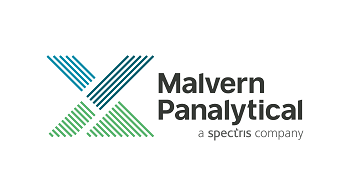Copper is present in ores in the form of carbonates, sulfates, silicates, oxides and hydroxides with the most common minerals being malachite, azurite, cuprite, chrysocolla and tenorite. Copper is extracted from these ores through leaching using a sulfuric acid-rich lixiviant. Bacterial action must be utilized for such operations to oxidize primary and secondary copper sulfides. This would otherwise be resistant to sulfuric acid leaching. Pregnant leach solutions are collected and subjected to solution exchange to concentrate the copper and recover the sulfuric acid. Electrowinning is then used to produce high purity cathode copper.
For a successful heap leaching operation, the maintenance of good permeability is critical and the key to maximizing copper recovery is proper agglomeration. The mineralogical composition of the ore must be taken into account when deciding on the amounts of water and sulfuric acid to add to the crushed ore during agglomeration.
Improperly agglomerated ore can cause the build-up of precipitates (for example, gypsum and ferric oxyhydroxides), the wash-through of clays, and the expansion of swelling clays.
A significant loss of permeability will result from any of these processes. This can lead to lower recovery rates and lower overall recovery due to channeling. To prevent subsequent binding of the ore that can negatively impact percolation rates during heap leach, the clays’ water hydration should be satisfied with enough liquid during agglomeration.
For dissolution of the copper-containing minerals and to meet the acid demands of the various acid-consuming minerals in the ore, an adequate amount of sulfuric acid must be added during agglomeration. Lower recovery is the result of under application of sulfuric acid while higher acid costs and far from ideal pregnant leach solution acidity result from over application.
Acid and water additions can be more closely controlled using real-time spectroscopic technology with appropriate calibration modeling. This will enable optimization of the agglomeration and heap leaching processes. The agglomeration process for copper production can now be fed through a real-time spectroscopic technology installed directly over the conveyor belt.
Valuable real-time information is provided through both the ASD QualitySpec® 7000 over-the-conveyor analyzer and the TerraSpec® 4 line of mineral analyzers. One instrument or system can simultaneously enable better decision-making through fast, reliable measurements that feed data back into the process and costs are saved by minimizing acid costs, and maximizing metal yield.

 Click Here to Read the Full Article
Click Here to Read the Full Article

This information has been sourced, reviewed and adapted from materials provided by Malvern Panalytical.
For more information on this source, please visit Malvern Panalytical.